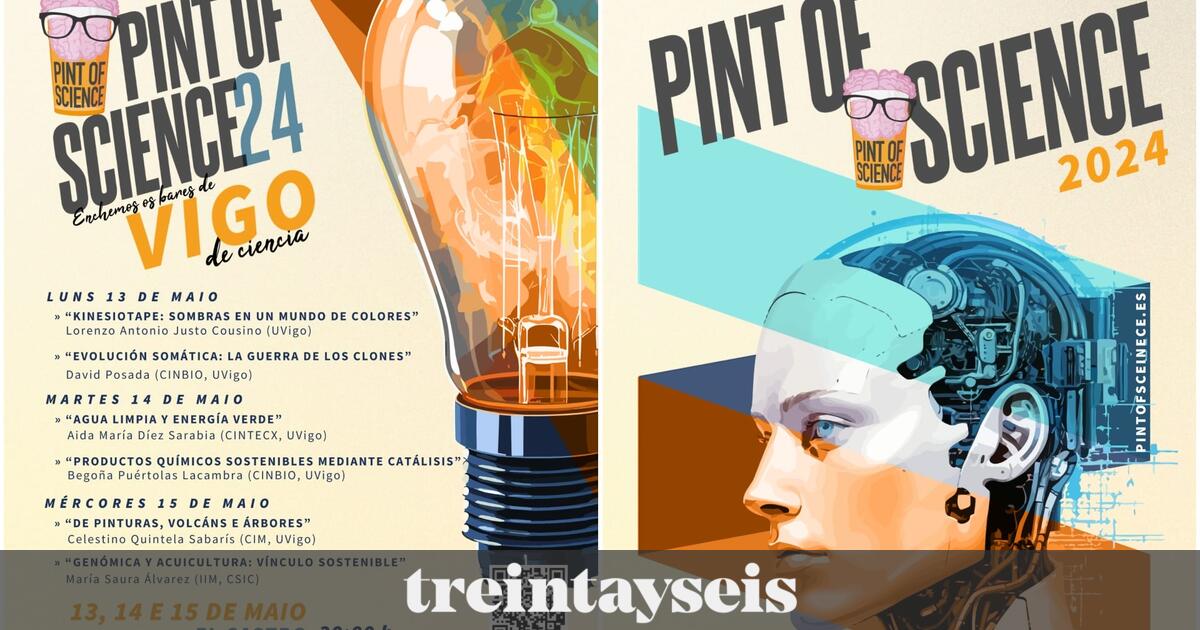Herrera co Classroom Blas Cabrera An initiative of the Summer Courses of the International University Menéndez Pelayo (UIMP), where he spoke about his field of specialization: restoring our nervous system after injury by regenerating part of the axons of neurons that transmit nerve impulses.
Tissues such as skin are able to regenerate spontaneously, however, other tissues such as central nervous system (CNS) says the neuroscientist. However, Herrera, as an expert on spinal cord injuries, is optimistic. “In the central nervous system, other methods are being implemented that are able to repair damage, for example, in patients with quadriplegia, allowing them to restore mobility to a certain extent,” he comments. However, in order to make progress, biomedicine continues to rely on animal experiments, which is currently a highly debated topic due to the controversy surrounding it.
Animal experiments
Experimentation is an essential part of biomedical research, which is performed on animals to avoid risks to humans, and this fact has sparked intense debate in recent years.
Eloisa Herrera emphasizes that “today animal experiments are still necessary and without them, unfortunately, biomedicine cannot advance.” The neuroscientist points out that “it is true that other means are now being used, such as ‘organics'”. Or experiments in the lab, but you go as far as possible. He explained that animal testing does not guarantee that it will work in humans, but it does help you know if it is safe.
However, Herrara notes that “there’s a fairly strong movement right now that’s trying to keep everything under control and that sounds good to me because animals also have rights and they have to be treated right.”
The neuroscience expert comments that, as researchers, “we have to take courses to learn how to handle animals and even have many approved protocols. We always try to use as few animals as possible,” he defends.
Biomedical Advancements
“We’ve been trying for many years to recreate damaged axons in patients, for example, quadriplegics, but we didn’t have enough tools,” he says. He also pointed to 2015 as a key date, when a team of researchers in North America was able to show that by mutating a pair of axes genes It grows after damage.
However, the field of spinal cord injuries “is much more complex because when a wound occurs, the neuroimmune system kicks in and turns on, making a kind of plug that prevents the axons from growing back,” says Herrera. The researcher confirms that other successful developments are being made in this field, such as “devices that are able to find alternative pathways that act as a bridge between two parts (bypass) and activate the remaining healthy neurons,” she explains.
“the Biomedical research It crosses borders “, Herrera emphasizes, and evidence of this is the methods that are being implemented to repair damage to human organs, combining biomedicine with other fields such as robotics or electrical stimulation, that are able to achieve regeneration of damaged axons.


:quality(85)/cloudfront-us-east-1.images.arcpublishing.com/infobae/5KV44H676BDSNN36TJNVQEQCOQ.jpg)


